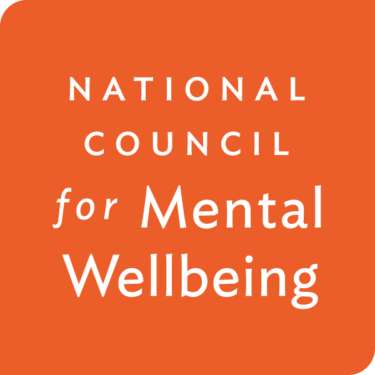Part 1 of this three-part webinar series will address the unique challenges and social determinants that hinder many African Americans from accessing quality care. We will also review opioid use disorder (OUD) treatment and harm reduction options, as well as strategies to implement peer support services to engage African Americans in appropriate services.
Learn moreOpioid Use Disorder Treatment and Recovery in BIPOC Communities: Webinar Series
In 2020, among the 2.7 million people with an opioid use disorder in the U.S., only 11.2% received any of the three medications for opioid use disorder (MOUD), despite it being the gold standard of care for opioid use disorder (OUD). Racial disparities and inequities further hinder Black, Indigenous and People of Color (BIPOC) populations with OUD from accessing the treatment and care that they need. Data from a Centers for Disease Control and Prevention (CDC) report found that rates of drug overdose death in 2020 increased by 44% for Black individuals, 40% for Hispanic/Latino individuals and 39% for Native individuals, yet all access treatment at lower rates than White individuals, who saw a 22% increase in overdose death.
To assist providers in better addressing these racial disparities, the National Council for Mental Wellbeing, with support from the Providers Clinical Support System (PCSS), developed a three-part webinar series addressing OUD treatment and recovery in BIPOC communities. This webinar series provides historical context and highlights the work of four experts from the field as they present culturally centered approaches to increase engagement in and access to treatment and recovery for Black, Hispanic/Latino and Native populations.
The current opioid crisis is one of the most widespread drug epidemics in U.S. history for all racial and ethnic groups, especially in Hispanic/Latino populations. In 2020, rates of drug overdose among Hispanic or Latino individuals grew by 40%, the largest annual increase since 1999. This webinar will address the unique sociocultural factors that influence opioid use and access to prevention, treatment and recovery among Hispanic/Latino populations, and will discuss strategies to enhance engagement in care.
Learn moreAmerican Indian and Alaska Native (AI/AN) communities have been deeply affected by the opioid crisis in the United States. The rate of drug overdose deaths among AI/AN populations is well above the national average, and 2020 data shows this trend continuing. This webinar will address risk factors for opioid use disorder (OUD) among AI/AN populations and effective prevention, treatment and recovery strategies.
Learn moreThe goal of PCSS is to train healthcare professionals in evidence-based practices for the prevention and treatment of OUD and substance use disorders more broadly. Learn more about PCSS.
Citations
- Substance Abuse and Mental Health Services Administration. (2021). Key Substance Use and Mental Health Indicators in the United States: Results from the 2020 National Survey on Drug Use and Health (HHS Publication No. PEP21-07-01-003, NSDUH Series H-56). Rockville, MD: Center for Behavioral Health Statistics and Quality, Substance Abuse and Mental Health Services Administration. Retrieved from https://www.samhsa.gov/data/.
- Kariisa, M., Davis, N. L., Kumar, S., Seth, P., Mattson, C. L., Chowdhury, F., & Jones, C. M. (2022). Vital Signs: Drug Overdose Deaths, by Selected Sociodemographic and Social Determinants of Health Characteristics – 25 States and the District of Columbia, 2019-2020. Morbidity and Mortality Weekly Report (MMWR), 71(29), 940-947. http://dx.doi.org/10.15585/mmwr.mm7129e2.
- Friedman, J. R. & Hansen, H. (2022). Evaluation of Increases in Drug Overdose Mortality Rates in the US by Race and Ethnicity Before and During the COVID-19 Pandemic. JAMA Psychiatry, 79(4), 379-381. https://doi.org/10.1001/jamapsychiatry.2022.0004.
Funding for this initiative was made possible (in part) by grant no. 1H79TI081968 from SAMHSA. The views expressed in written conference materials or publications and by speakers and moderators do not necessarily reflect the official policies of the Department of Health and Human Services; nor does mention of trade names, commercial practices, or organizations imply endorsement by the U.S. Government.

